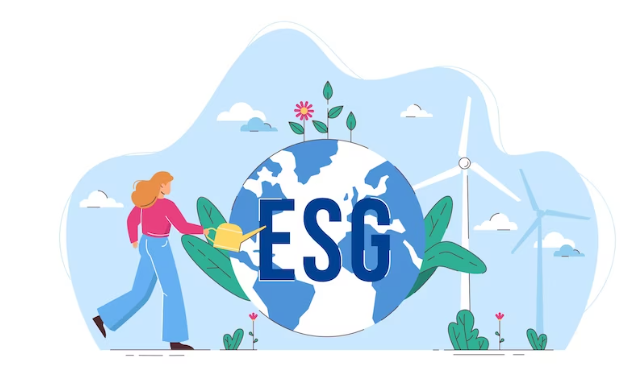Environmental Social Governance (ESG) is a buzzword used by LED lighting manufacturers and industrialists to create an eco-friendly environment.
WHAT ESG IS?
A set of principles known as ESG is used to assess an organization’s sustainability in terms of environmental, social, and governance efforts.
Environmental- assesses how a company’s activities affect the environment, its natural resources, and climate change.
It primarily includes the use of renewable energy sources, a waste management plan, product packaging, raw material sourcing, biodiversity practices on company-owned land, and potential air and water pollution issues caused by operations.
Social- considers how a company’s actions affect social issues.
Some standards to measure social initiatives taken by businesses for their stakeholders, employees, and economy include fair employee pay and benefits, management-employee interaction, staff retention, workplace rules, moral suppliers and vendors, and charitable donations.
Governance: assesses how the company’s top management runs the business.
It includes executive team and board of directors diversity, executive salary transparency, stockholder participation, and conflict of interest avoidance.
ADD ESG TO YOUR BUSINESS FOR A GREAT OPPORTUNITY!
Commercial buildings account for about 16% of carbon dioxide emissions and 35% of electricity consumption, making them an excellent place to reduce energy consumption and demonstrate environmental stewardship.
But how can we improve our energy efficiency? What changes should be made? The integration of the best outdoor and indoor LED lighting systems is the answer to these questions.
Building owners can reduce energy and operational costs while supporting sustainability initiatives by upgrading to the most recent LED lighting technology. Look below for more information on the subject.
More Energy Conservation
LED technology provides significant energy savings, particularly in spaces that are used for extended periods of time, because it consumes up to 75% less electricity than incandescent and fluorescent alternatives.
Low operating expenses
In most applications, LED lighting solutions outlast fluorescent or other types of traditional luminaires. Furthermore, they are built with long-lasting and dependable materials to ensure high-quality product engineering. This significantly reduces the need for lighting maintenance over a long period of time.
Environmentally friendly materials
Because LED lighting products are made of non-toxic, recyclable materials, traditional recycling programs for mercury-containing CFL, metal halide, and fluorescent bulbs are no longer required.
Lower carbon footprint
LEDs consume less energy than traditional halogen, mercury vapour, metal halide, and fluorescent light sources. Modern LED lighting reduces greenhouse gas and carbon dioxide emissions significantly. To be more specific, the kW/hr consumption per year is lower, which contributes to lower overall CO2 emissions.
Customer and employee satisfaction
By deterring criminal behavior, lowering vandalism, and preventing accidents, a well-lit establishment increases productivity and makes customers and employees feel safer throughout the building.
A smart lighting platform equipped with sensors and timers can also significantly improve a company’s sustainability. These systems send data to analytical tools, which determine where and how to use lighting.
There are numerous approaches for smart lighting controls to increase savings. Furthermore, if luminosity dims on its own when there is a lot of sunlight, operational costs will be significantly reduced. In addition, you can change the color temperature in response to bright midday sunlight. Furthermore, intelligent lighting sources are advantageous for unoccupied facilities because they have the ability to turn off the lights automatically.
CONCLUSION
Consumers and investors today are understandably concerned about the future. Businesses, they believe, will have a significant impact on governance, social, and environmental issues. It stands to reason that businesses of all sizes and sectors have embraced innovative business models that promote ESG.
The switch to LED lighting systems not only raises a company’s ESG score but also saves money in the long run. This has a significant positive impact on their bottom lines by promoting employee well-being, saving money on energy management, and promoting environmental conservation.
Read more interesting articles at Tech Buzz Only

